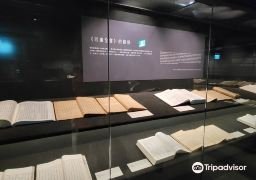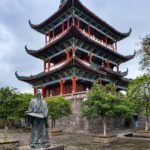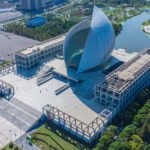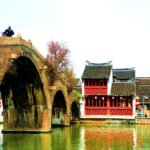There is a historical relics exhibition hall in the Academia Sinica. It is sitting on a treasure trove: it houses more than twenty national treasures second only in number to those in the Palace Museum; the complete will of Emperor Shengzu (Kangxi) of the Qing Dynasty; oracle bone inscriptions. The cultural relics museum is located on the first and second floors of the Institute of History and Philology. It originated from the preparatory office of the Central Museum established by Fu Sinian, the first director, in 1933. At that time, the preparatory office came to Taiwan with the Institute of History and Philology. In 1949, it was merged with the then Palace Museum in Beiping. In 1965, the Palace Museum was established, but the Central Museum disappeared. It was only’resurrected’ in the Institute of History and Philology in 1996. Huang Jinxing, the director of the Institute of History and Philology, pointed out that most of the collections of the Palace Museum come from the royal family after the Zhou Dynasty; most of the cultural relics in the museum are obtained through archaeology. These bronze wares unearthed from the great tomb of King Wu Ding of the Shang Dynasty more than 3,000 years ago witness the peak of copper casting in the Shang Dynasty. Opening hours are every Wednesday and Saturday, from 09:30 to 16:30.










